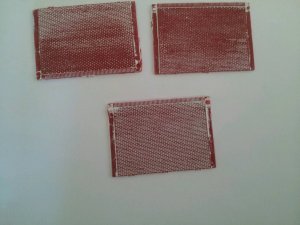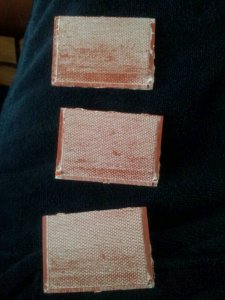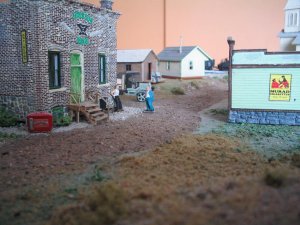DairyStateDad
Mumbling in the corner
I have had this DPM modular kit for a really long time. I finally figured out what to do with it. It has enough parts to use for the brewery at Aaronsburg.
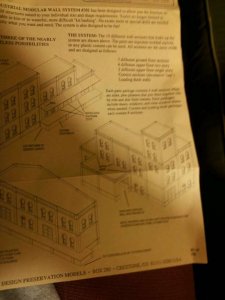
So tonight I got started on coloring the mortar, thanks to learning about doing that with sheetrock compound thinned with water. At first I had too much water, so then I had to thicken it up. But I think it's going to be OK now...
Before...
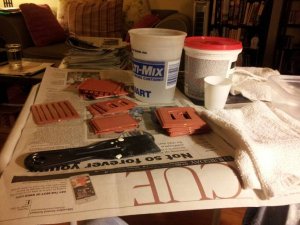
And after...
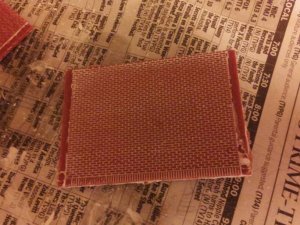
One thing though... This isn't really easy to do in the recliner chair....
From the DairyStatePhone

So tonight I got started on coloring the mortar, thanks to learning about doing that with sheetrock compound thinned with water. At first I had too much water, so then I had to thicken it up. But I think it's going to be OK now...
Before...

And after...

One thing though... This isn't really easy to do in the recliner chair....
From the DairyStatePhone

